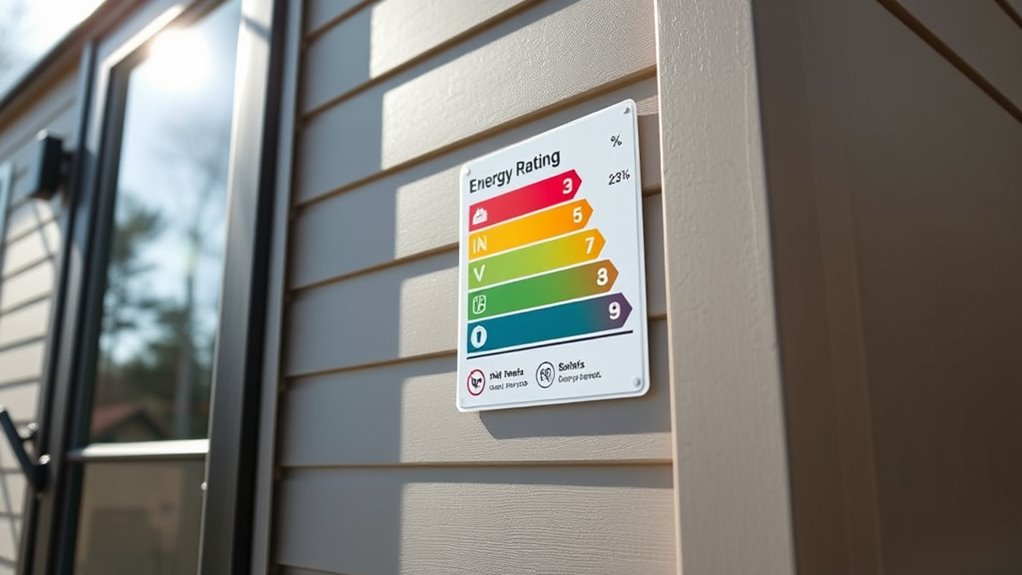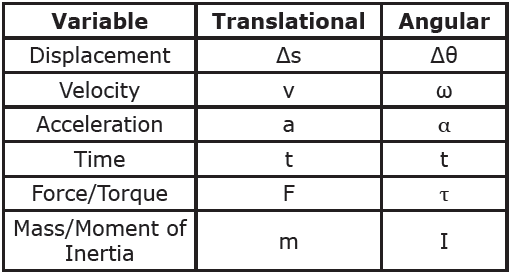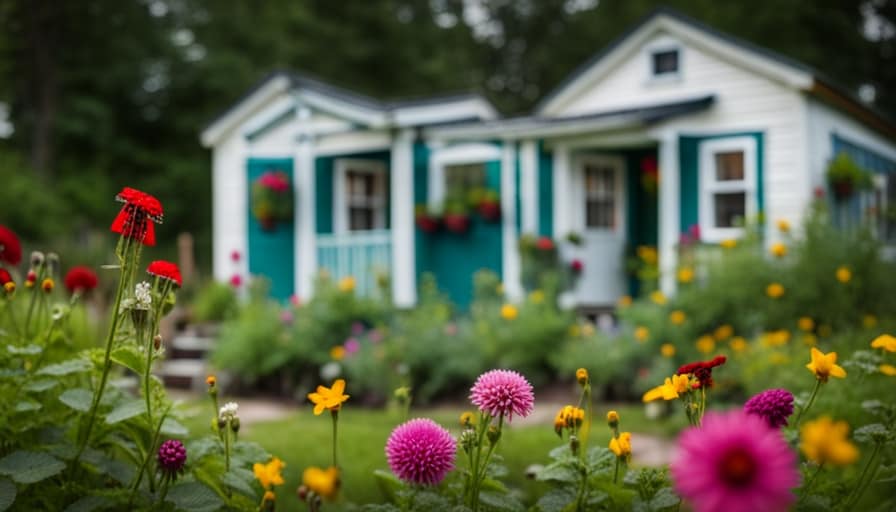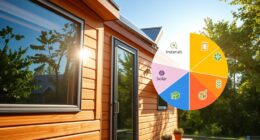Understanding energy ratings for tiny houses helps you see how efficient and eco-friendly your home is. Factors like insulation standards, solar panel systems, ventilation, and window quality all impact these ratings. A higher score means your tiny house stays comfortable longer, uses less energy, and saves you money. By considering these elements, you can make smarter choices for sustainable living. Keep exploring to learn how to improve your tiny house’s energy performance even more.
Key Takeaways
- Insulation standards significantly impact a tiny house’s energy efficiency and overall energy rating.
- Solar panel placement, size, and wiring influence how effectively a tiny house harnesses renewable energy.
- High-quality insulation reduces heat transfer, lowering heating and cooling energy needs.
- Additional factors like ventilation, window quality, and HVAC efficiency also affect energy ratings.
- Building certifications evaluate combined elements such as insulation, solar integration, and system efficiency for rating assessments.

Tiny houses are becoming increasingly popular among those seeking affordable, sustainable living options. As you explore this lifestyle, understanding how energy ratings work can help you make smarter choices for your home. One key aspect to consider is insulation standards. Since tiny houses are compact, efficient insulation is essential to maintaining comfortable temperatures and reducing energy consumption. Good insulation minimizes heat transfer, which means your home stays warmer in winter and cooler in summer without relying heavily on heating or cooling systems. When you look into different tiny house models or build your own, pay close attention to the insulation standards they meet. High-quality insulation not only enhances comfort but also improves your energy rating, making your tiny house more eco-friendly and cost-effective over time. Additionally, some building certifications specifically evaluate energy efficiency standards, further guiding environmentally conscious choices.
Another critical factor influencing your tiny house’s energy efficiency is solar integration. Many tiny homeowners opt for solar panels to offset their energy use, and the design of your home can markedly impact how well solar works for you. When your tiny house is designed with solar integration in mind, you can generate a substantial portion of your electricity needs, reducing your reliance on grid power and lowering utility bills. Proper placement of solar panels, along with an appropriately sized system, ensures you maximize sunlight exposure throughout the day. Additionally, integrating solar power with your tiny house’s energy system can contribute to a higher energy rating, making your home more attractive to eco-conscious buyers or renters.
The overall energy rating of your tiny house depends on multiple factors, including insulation standards and solar integration. A well-insulated tiny house that also utilizes solar energy will typically score higher on energy ratings, meaning it consumes less energy and operates more sustainably. It’s worth noting that some energy rating systems also consider other elements like ventilation, window quality, and HVAC efficiency. By focusing on these areas, you can further boost your tiny house’s performance. If you’re planning to build or buy, ask about the insulation standards used and whether the home is pre-wired for solar panels. These details can make a notable difference in your long-term energy savings and environmental impact.
Frequently Asked Questions
How Do Energy Ratings Impact Tiny House Resale Value?
Energy ratings markedly impact your tiny house’s resale potential by highlighting its energy efficiency. Buyers look for homes with lower energy costs and better insulation, making higher-rated tiny houses more attractive. When your tiny house has a strong energy efficiency rating, it can command a higher resale value and sell faster. So, investing in energy-efficient features not only benefits you now but also boosts your tiny house’s long-term market appeal.
Are Energy Ratings Mandatory for All Tiny House Types?
Like stepping into a time machine, energy ratings for tiny houses aren’t universally mandatory. Building codes and insulation standards vary by location, so some areas require energy ratings, while others don’t. You should check local regulations to see if your tiny house needs an energy rating. Even if not required, obtaining one can boost your home’s efficiency, safety, and resale value, making it a smart move regardless of legal mandates.
Can Energy Ratings Be Improved After Construction?
Yes, you can improve your tiny house’s energy rating after construction. You might upgrade insulation to reduce heat loss and incorporate renewable integrations like solar panels or wind turbines. These upgrades enhance energy efficiency, lowering your overall energy consumption. Regular maintenance and additional improvements, such as sealing leaks or installing energy-efficient appliances, also help boost your tiny house’s energy rating over time, making it more sustainable and cost-effective.
How Do Climate Zones Affect Tiny House Energy Ratings?
Climate zones substantially impact your tiny house’s energy ratings by dictating the necessary insulation requirements and climate impact. In colder zones, you’ll need higher insulation to retain heat, boosting energy efficiency. Conversely, warmer areas require less insulation but may need better cooling solutions. Understanding your climate zone helps you optimize your tiny house design, improve energy ratings, and reduce energy consumption, ensuring comfort and sustainability regardless of external weather conditions.
What Are the Long-Term Cost Savings From Better Energy Ratings?
You could save a fortune—enough to buy a tiny island—by improving your tiny house’s energy rating. Better ratings mean lower utility bills, especially with solar incentives and insulation upgrades. Over time, these enhancements cut energy costs dramatically, making your home more affordable in the long run. Plus, you’ll enjoy a cozier, more efficient space, reducing environmental impact and ensuring savings that can last for decades.
Conclusion
Understanding energy ratings for tiny houses helps you make smarter choices, just like a compass guides a traveler. By paying attention to these ratings, you can save money, reduce your environmental impact, and enjoy a more comfortable home. Think of it as tuning a fine instrument—you get better harmony and efficiency. So, take the time to learn about energy ratings; it’s the key to making your tiny house truly feel like home.








